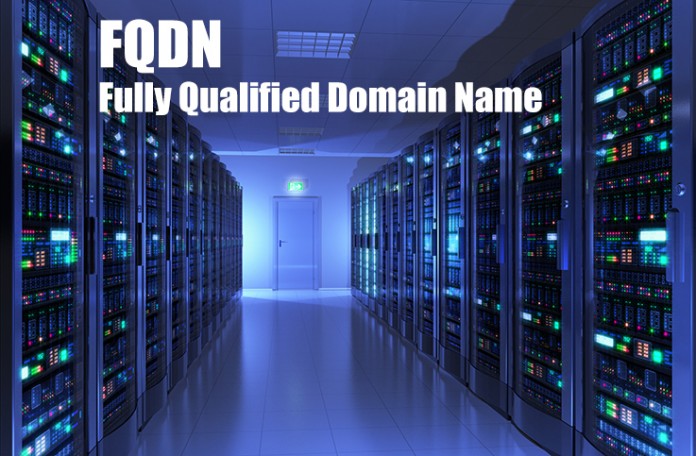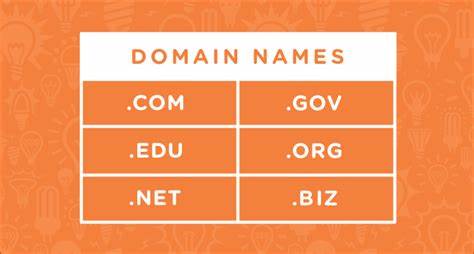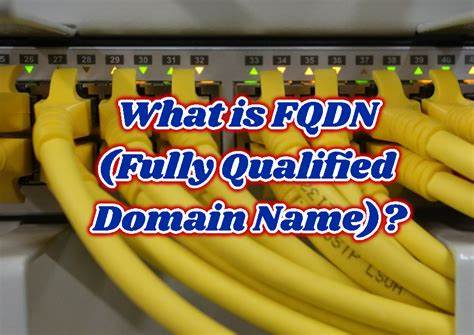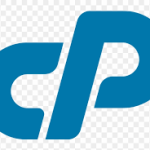Table of Contents
- Introduction
- What is FQDN ?
- Structure of Fully Qualified Domain Name
- Why should I use an FQDN?
- Conclusion
Introduction
In the vast landscape of the internet, where countless digital entities coexist, each web address carries a distinct identifier known as the Fully Qualified Domain Name (FQDN). Do you know what a fully qualified domain name (FQDN) is? In this post, we’ll go over what FQDNs are, how they work, and some common uses for them. We’ll also show you how to create one for your own website. Let’s get started!

What is FQDN ?
A fully qualified domain name (FQDN) is a part of the uniform resource locator (URL). As the name suggests, it is the full name of an entity in the internet framework, including a host and a computer. It represents the hierarchical structure of the Domain Name System (DNS) and provides a unique and unambiguous identification for a particular entity within the larger domain.
Structure of Fully Qualified Domain Name
A Fully Qualified Domain Name (FQDN) is a domain name consisting of three parts:

HOST NAME
A name is a label that is used to distinguish one thing from another. A person’s name, for instance, comprises a set of alphabetic characters that allows a person to be individually addressed. Computers are also named to differentiate one machine from another and to allow for such activities as network communication. Computers have always needed unique addresses to talk to each other. With the advent of the Internet, the requirements for enabling computers to communicate with each other on a network included the concept of the hostname.
Domain name
A domain name is a website’s equivalent to a physical address. It consists of a name and an extension. It helps users easily find your website and eliminates the need to memorize the site’s internet protocol (IP) address. On top of all, domain names are key to the internet infrastructure.
Top-level domain
A top-level domain (TLD) represents the first stop after the root zone. In simpler terms, a TLD is everything that follows the final dot of a domain name. For example, in the domain name ‘example.com’, ‘.com’ is the TLD.

A top-level domain (TLD) is the last part of a domain name. There are four types of top-level domains:
Generic Top-Level Domains (gTLD) are the most popular type of domain extension. Examples include .com, .org, .net, .info, .biz, .co, .store, and .me.
Country-code Top-Level Domains (ccTLD) are specific to particular countries or regions, and they typically identify the country or region’s official internet address.
Sponsored Top-Level Domains (sTLD) are top-level domains designated for specific purposes, such as education .edu or government organizations .gov.
Infrastructure Top-Level Domain (ARPA) is used exclusively for technical infrastructure purposes.
Why should I use an FQDN?
An FQDN (Fully Qualified Domain Name) is a domain name that specifies the exact location of a website or server on the internet. If you don’t have an FQDN, you don’t have an accessible website. Here are some reasons why you would use an FQDN:
- More convenient than an IP address
- Provides a unique path for every resource
- Better organization
- Necessary for obtaining SSL certificates
- Easier alternative for remote connections
- Accessing a specific domain service or protocol
- Migrating to a new server
Conclusion
In conclusion, the Fully Qualified Domain Name (FQDN) is a fundamental concept in the realm of computer networking and the internet. Serving as a comprehensive and structured label, the FQDN facilitates seamless communication between digital entities by providing a clear and unique identifier for hosts within their respective domains. It is the linchpin of the Domain Name System (DNS), enabling users to navigate the expansive web with ease. As we continue to explore and interact in the vast digital landscape, the FQDN remains an essential element, silently working behind the scenes to translate human-friendly addresses into the language of machines, fostering connectivity and accessibility in the ever-evolving world of cyberspace.



Hi, this is a comment.
To get started with moderating, editing, and deleting comments, please visit the Comments screen in the dashboard.
Commenter avatars come from Gravatar.